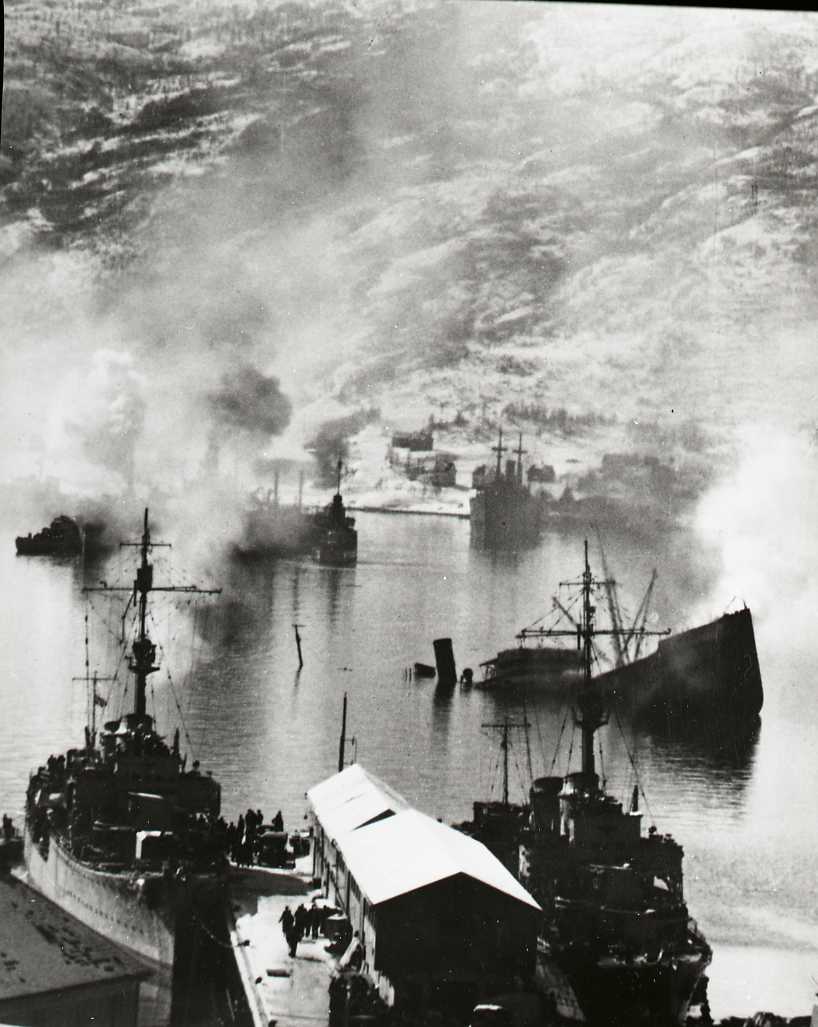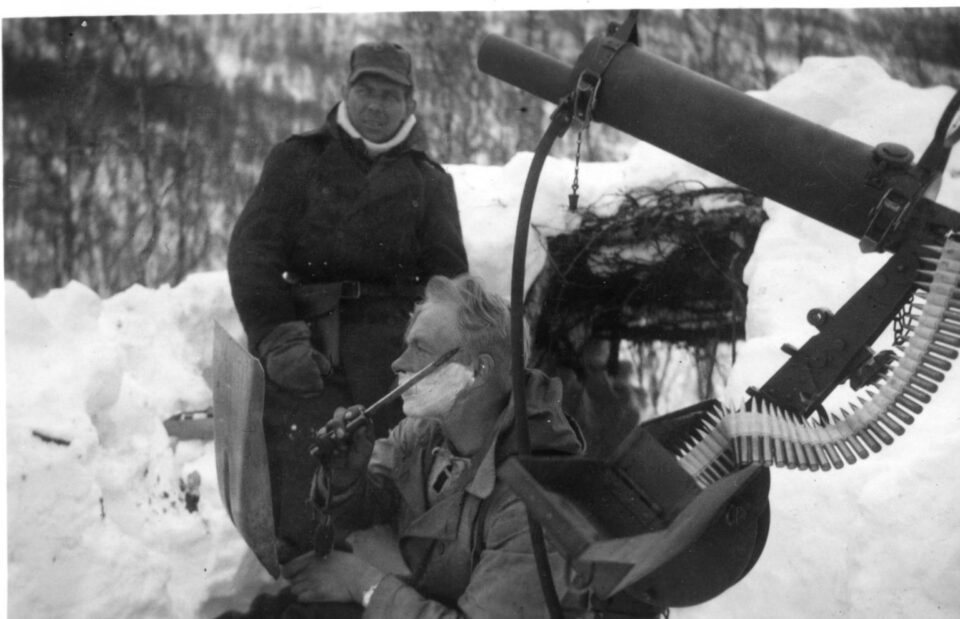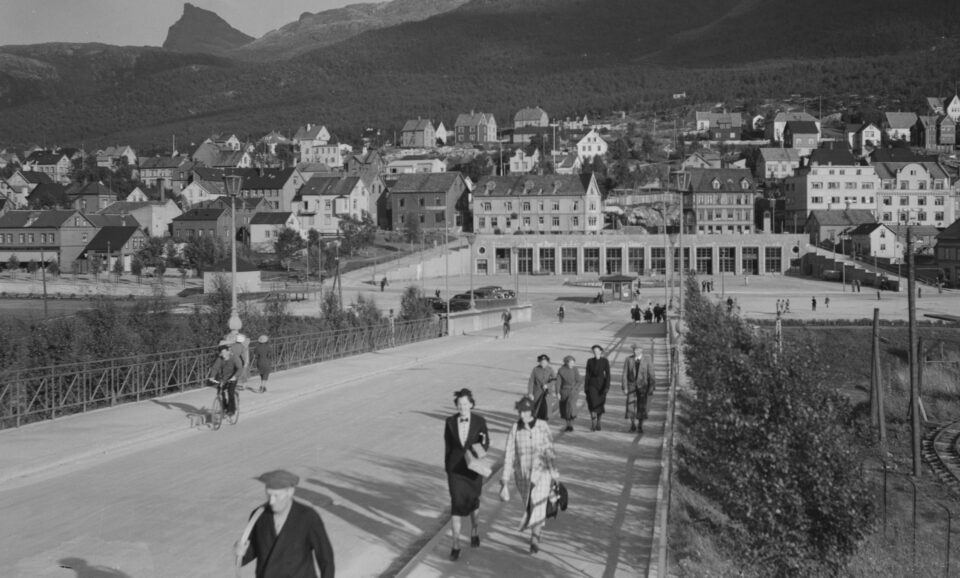On 9 April 1940 the unthinkable happens. The German fleet sails along the Norwegian coast and sets its sight on a town up in the north, and Narvik will soon be part of world history. The port of Narvik secures access to iron ore from Sweden. Iron ore is a luxury product for the production of weapons and equipment. A product that the Germans are desperate to get their hands on.
On 9 April the Germans attack Norway, and Narvik is the location for the biggest acts of war on Norwegian soil.
The battle of Narvik has started.
The battleships ‘Norge’ and its sister ship ‘Eidsvold’ are at anchor off Narvik, when the German modern marine fleet sneaks into the fjord.
Both of the Norwegian ships are sunk fast without being able to provide much resistance.
When the German Kriegsmarine and the British Royal Navy meet in intense battles in the Ofotfjord on the following days, both parties suffer enormous material losses – losses that have consequences for all later battles.

The Allied forces from Great Britain, France and Poland come together with the Norwegian soldiers to fight the German army in the mountains.
The Germans’ goal is to take control of Narvik and other strategic areas in the region.
The German soldiers are forced into an ever decreasing area, and Norwegian and Allied forces retake control of Narvik on 28 May.
Hitler has his first strategic loss.
At this point the Allied forces receive orders to withdraw so that they can participate in battles on the continent. On 8 June the last Allied forces leave North Norway.
There were 62 hard days with intense sea battles and dramatic battles in the Narvik mountains. The Norwegian forces on their own are weak, and Narvik falls under German occupation for the following five years.

Go for it boys, it’s all about Norway
Life under German occupation gave rise to a lot of uncertainty amongst the Narvik population. It is a time when you are not certain who is on who’s side.
The Germans implement sanctions and act brutally. They take over private homes and the German soldiers are encouraged to have babies with Norwegian women.
After five hard occupation years, the nightmare finally ends. On 8 May 1945 Narvik and Norway are finally liberated from the German iron heel. Peace has arrived!

For 62 dramatic spring days in 1940 the battles raged in the areas around Narvik. What is really happening in the region in this period, and how is it to live amongst the sea battles and mountain war?
Through exhibitions of artefacts, interactive digital platforms, text, and pictures, Narvik War Museum shows how Nazi Germany’s attack and occupation appeared, and draws parallels between the peace days in 1945 and our own time.
From December 2022 you can experience the exhibition ‘The Battle of Narvik – fact vs fiction’, which shows the film’s plot set against the actual historical events.
På denne siden bruker vi informasjonskapsler (cookies) og andre teknologier for å tilby deg så hyggelig brukeropplevelse som mulig. Du kan lese mer om dette under våre personvernvilkår. Ved å klikke på "Godta", samtykker du i bruken av slike teknologier.